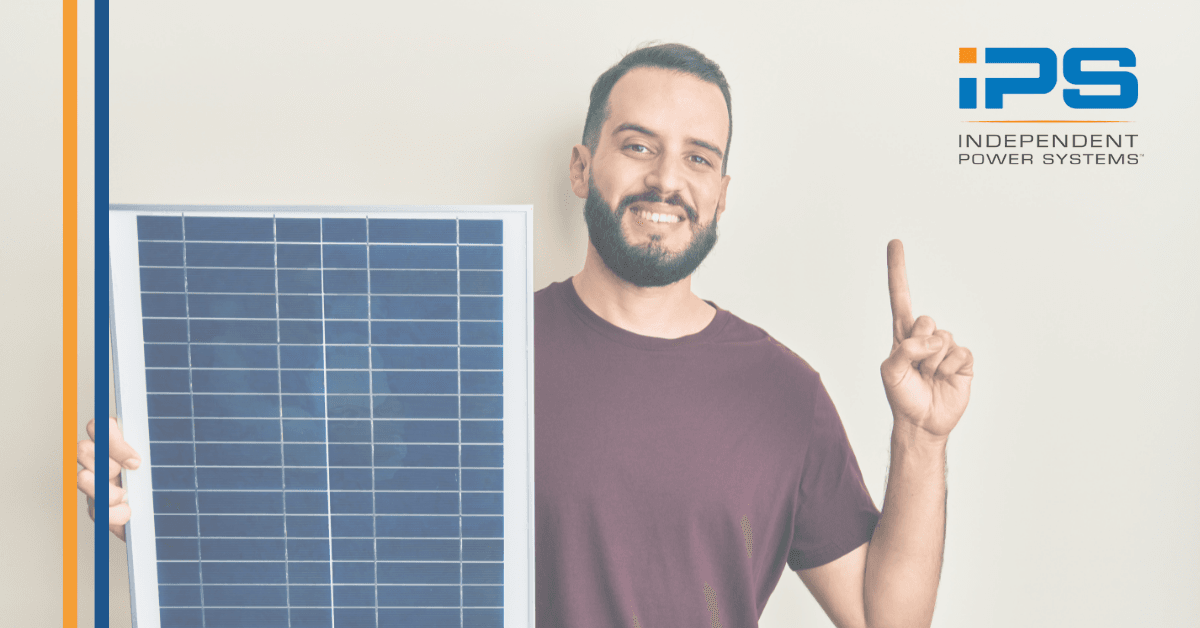Can My Roof Handle a Solar Panel System?
As we’ve discussed in previous posts, a south-facing roof is best for solar panels (in the northern hemisphere). However, east-facing and west-facing roofs might make sense, financially, depending on the average number of peak sun hours per day in your locations, as well as the state-specific incentives you will be able to take advantage of.
Most residential roofs across the nation are angled, and the best angle of a south-facing roof for a solar panel system is 35-40 degrees, but if you own a flat-roofed home, the solution is often simply a different racking system. Little to no roof shading is preferred, but trees around the property can be trimmed/cut to decrease roof shading. Of course, if part of the reason you are getting solar panels installed is to offset the environmental impact of your electricity use, this may not seem to be the best option. However, as an example, a typical 5 kW solar panel system in Colorado offsets as much carbon emission in one year as 4.2 acres of U.S. forests absorb, so trimming that tree in your yard for a solar array may not be as hypocritical as you think.
After determining the angle, direction, and shading of your roof, it’s best to assess the life of your shingles. Solar panels last decades, sometimes 40+ years, depending on the panels and the quality of the installation. That means you may want to consider re-roofing your house before installing a solar panel system if the shingles on your roof are reaching the end of their life.
While the above steps serve as a preliminary check that your roof may be right for solar panels, they are only the beginning. The roof structure itself has to be strong enough to handle the panels, and the best way to determine that is with a rooftop solar assessment from a solar contractor. Many solar companies offer free assessments. However, not all of them actually get on your roof or go in your attic during the solar assessment. Regardless of which company you ultimately hire, if your roof breaks because of the solar panels, the solar company will be liable. That’s why most jurisdictions require a structural letter stamped by a professional engineer. This ensures that solar companies don’t put solar panels are roofs that can’t handle the weight of the panels during weather events. For example, in one part of Arvada, Colorado, roofs are assessed for a solar panel system being hit by 90 mph winds and 30 pounds of snow per square foot, but this varies by specific location, often at the county level.
Here at IPS, during a free solar assessment, we get on your roof to measure the angle and size. Then we look inside the attic to determine the roof structure, and truss strength, among other things. Afterward, we model the roof for the specific panels and racking we would use to make sure that the structure is adequate and that no part of the roof will be over-stressed. If we find the roof to be unfit for solar panels, we can discuss other options including ground-mounted solar panel systems or a solar awning.
Click here to request a free solar assessment.

